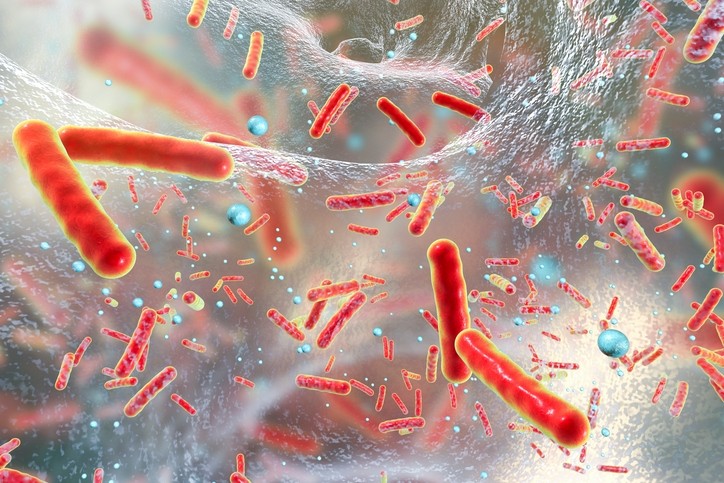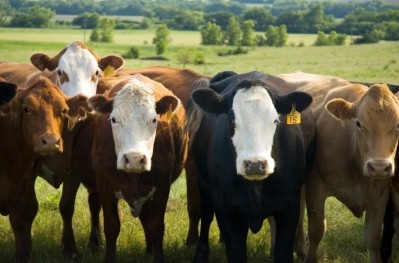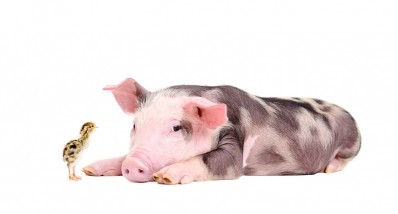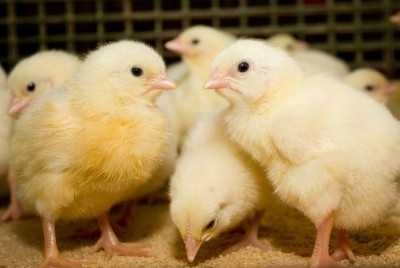MEPs endorse new rules curbing the use of antibiotics on farms

Veterinary medicines must not under any circumstances serve to improve the performance or compensate for poor animal husbandry, says the new law.
It would limit the prophylactic use of antimicrobials as a preventive measure to single animals and not groups. The drugs can be used only when fully justified by a veterinarian in cases where there is a high risk of infection, according to the legislation.
Under the new rules, metaphylactic use - treating a group of animals when one shows signs of infection - should be a last resort, and only occur once a veterinarian has diagnosed infection and prescribed the antimicrobials.
The European Commission, as per the regulation, can select antimicrobials to be reserved only for treating humans.
Imported foodstuffs
The EU Parliament also succeeded in making EU standards reciprocal for imported foodstuffs: trading partners will have to respect the ban on antibiotics for growth promotion, as well as the restriction on antimicrobials reserved for use in humans.
To encourage research into new antimicrobials, the legislation provides for incentives, including longer periods of protection for technical documentation on new medicines and commercial protection for innovative active substances. It also protects investments in data generated to improve an existing antimicrobial product or to keep it on the market.
The agreement with EU ministers was adopted by 583 votes to 16. There were 20 abstentions.
Medicated feed
In a separate vote, MEPs also approved, by 583 votes in favour to 31 against and 6 abstentions, new rules on more responsible ways to produce, sell and use medicated feed to tackle the spread of antimicrobial resistance.
The agreement still has to be formally adopted by Council before publication on the Official Journal of the EU.
FEFAC, back in June, said the regulation on medicated feed sets out ‘proportionate technical requirements’ for the manufacture of such products at multipurpose feed mills. Cross-contamination limits had long been proving an issue for the industry representatives in relation to medicated feed regulatory developments.
Arnaud Bouxin, deputy secretary general FEFAC, told FeedNavigator, in early July: “At a certain point in time, the EU Council wanted to set ‘tolerances’ for carry-over of active substances in non-target feed at very low – conservative - levels pending a risk assessment by the European Food Safety Authority (EFSA).
“Our concern was that these levels were not technically achievable.
“The compromise leaves it to authorities in [the various EU member states] to maintain their national policies [in this regard], and a risk assessment will need to be performed by EFSA before establishing EU harmonized tolerances for carry-over of active substances in non-target feed.”
According to the new regulation on that particular point, one year after the new rules become applicable, the Commission should define science-based specific maximum levels for cross-contamination of various active medicinal substances from feed to targeted animals to the next batch of non-targeted feed, and that EFSA should be consulted to this end.








